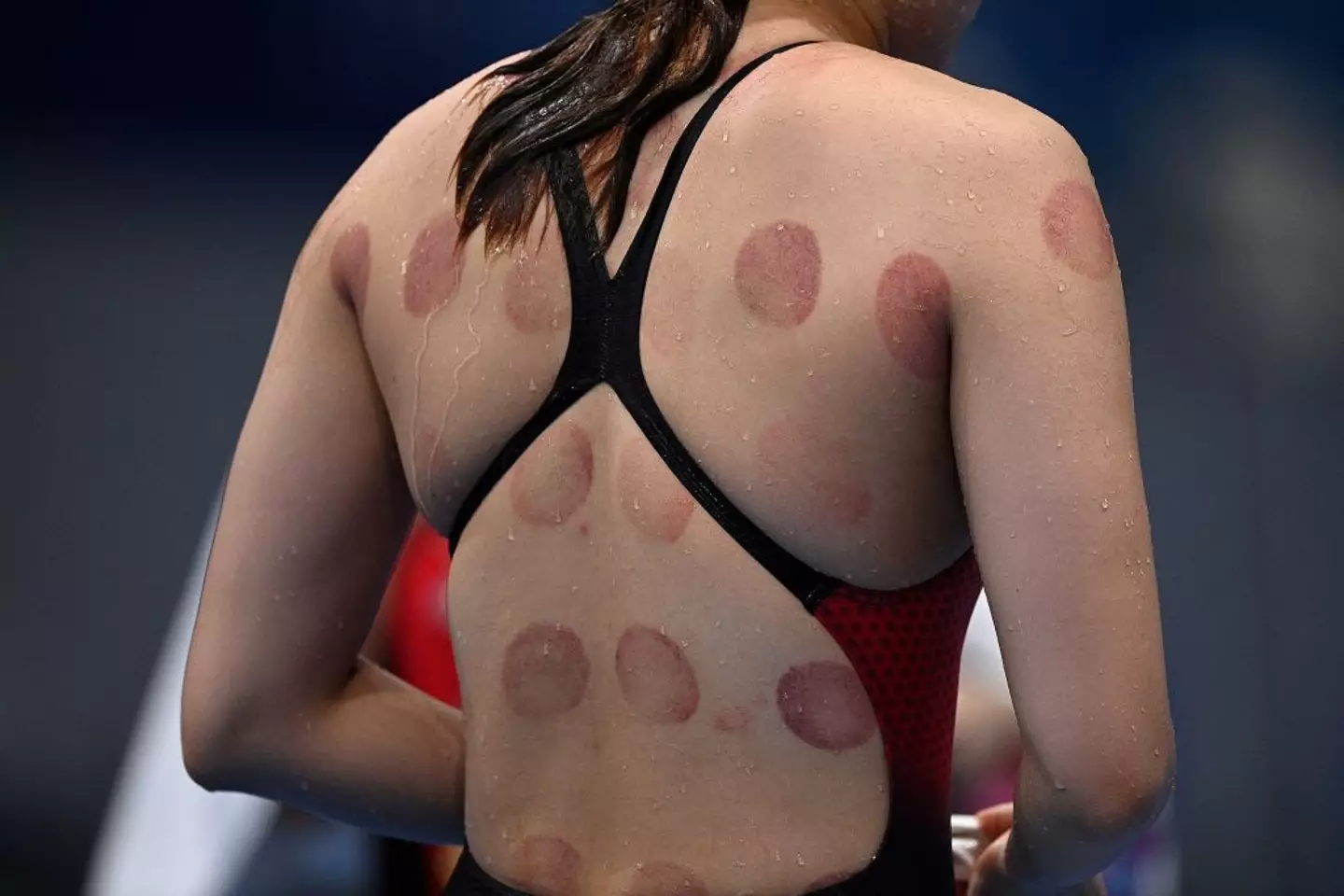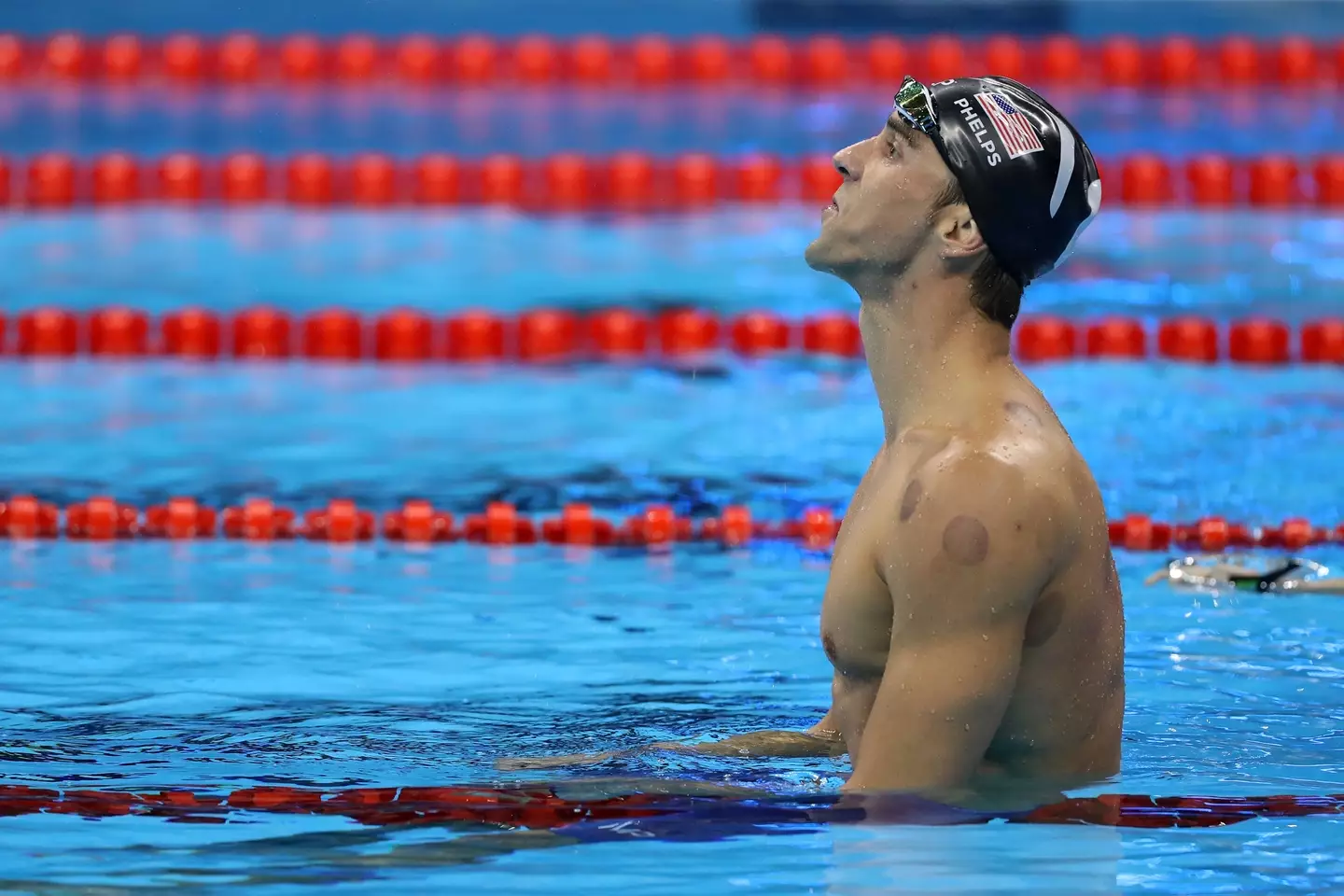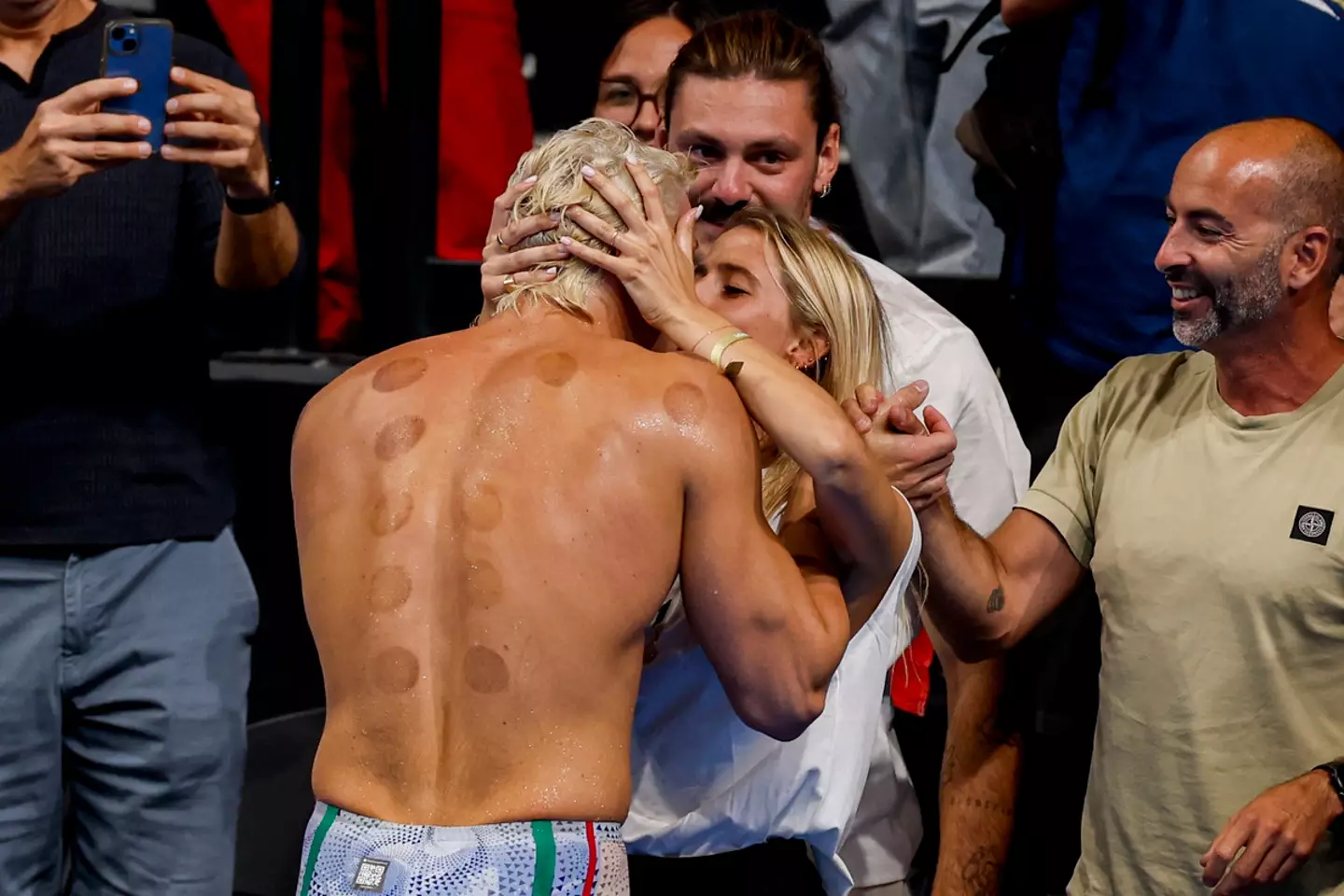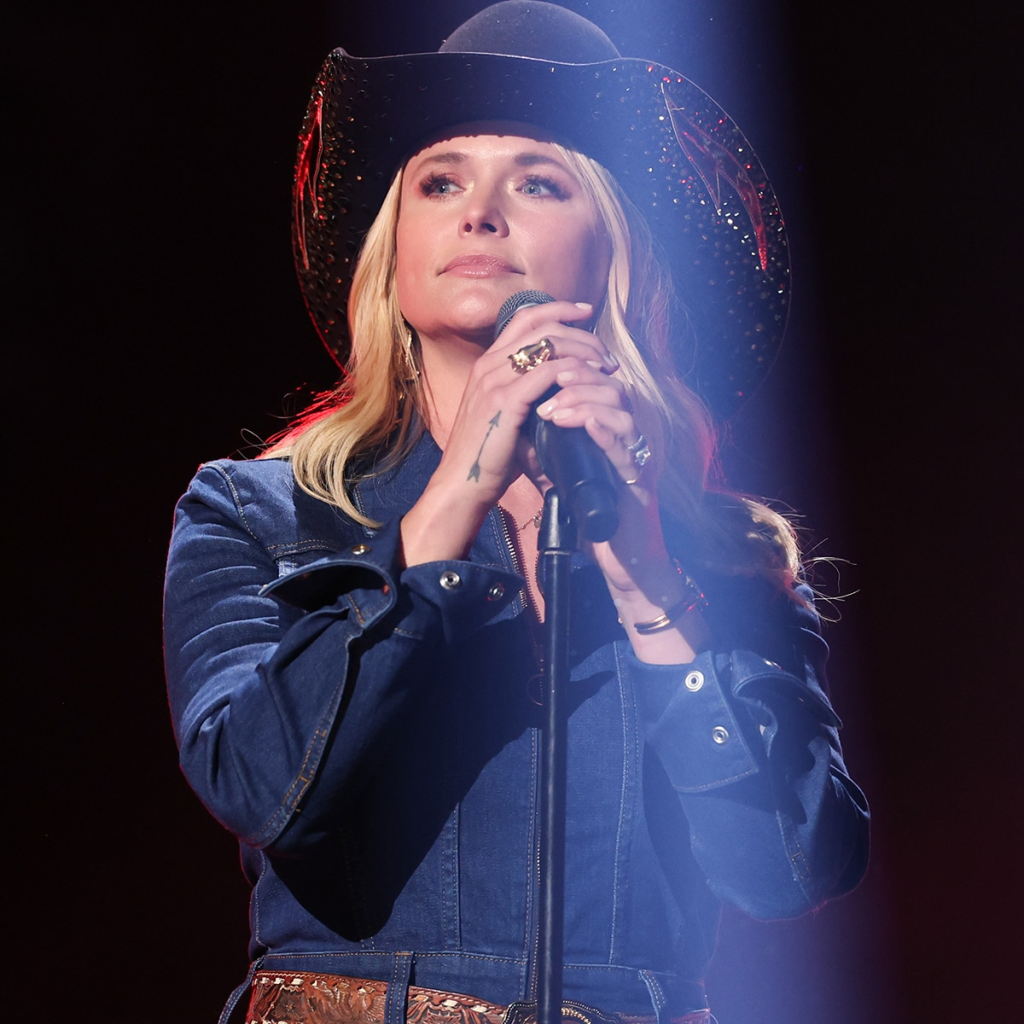
This year’s Olympics are now in full swing and it’s all eyes on the athletes.
From archery and shooting to athletics and gymnastics, there’s all kind of sports taking place across Paris, France, at the moment.
One fan-favorite sport to watch is the swimming, and this year there’s a whopping 854 athletes from 187 different countries competing.
But there’s a common theme you might have spotted with some of the swimmers and that’s the unusual dark red circles they have on their backs.

While it might look like they’ve had a fight with an octopus and lost, there’s a very different reason for the odd markings.
It turns out that the large spots are from cupping therapy – an ancient healing technique that involves placing cups on the skin to create suction and increase blood flow to the area.
The unconventional method is supposed to help with muscle recovery and is used as a type of deep tissue massage.
Some athletes were spotted with cupping therapy bruises back at the Rio Olympics in 2016, and it’s still seemingly popular now.

Gymnast Alexander Naddour told USA Today back in 2016 that cupping was supposedly the ‘secret’ to his health.
He added: “It’s been better than any money I’ve spent on anything else.”
Away from the Games, basketball player Kyle Singler has also praised cupping therapy.
“The bruises do look more intense than what they actually feel like, but the benefit from it is really great,” he previously insisted.
Singler continued to tell Sports Illustrated: “You’re not necessarily getting the immediate response that you might want but over time it does help with recovery and loosening tissue and stuff like that.”
But does cupping therapy actually work according to experts? It’s seems as if the jury’s still out.

According to Harvard Health, some studies have found that cupping might provide some relief for a number of musculoskeletal and sports-related conditions. The quality of this evidence was ‘limited’, however.
Elsewhere a 2022 review found that wet (as opposed to dry cupping) was effective for lower back pain.
While the bruises people get from cupping are pretty gnarly, the therapy is generally seen as safe to practice – even if people aren’t 100 percent on how affective it is.
“Most experts agree that cupping is safe. As long as those treated don’t mind the circular discolorations (which fade over a number of days or weeks), side effects tend to be limited to the pinch experienced during skin suction,” Harvard Health explains.
“It’s quite unusual that cupping causes any serious problems (though, rarely, skin infections have been reported).”
There you have it, folks.
‘We Left. As Did LOTS of the Crowd’: Fans Shame Miranda Lambert for Her Behavior at Montana Festival – What Happened?

Miranda Lambert is facing backlash for her behavior at the Montana Festival. On July 14, a video shared by an attendee shows Lambert reprimanding the crowd during her performance, causing many to leave. Wearing a cowboy hat and denim dress, she addressed the audience sternly, saying, “Are we clear?” and pointing out specific individuals.
One attendee noted, “We left. As did LOTS of the crowd,” while another criticized, “This is terrible.” A TikToker remarked, “Respect your fans more. Without them, you’d be some nobody working at Dairy Queen.”
However, some fans defended her. “Honestly she was amazing. We were right up front and loved every second of it,” one concertgoer praised. Another admirer commented, “She is just brutally honest. Something so many of us lack.”
This isn’t the first time Lambert’s actions have upset fans. At a past Las Vegas concert, she stopped performing “Tin Man” to scold women taking selfies, stating, “These girls are worried about their selfie and not listening to the song, and it’s pissed me off a little bit.”
Social media users have mixed feelings, with some calling her behavior “out of line” and others supporting her no-nonsense attitude.



Leave a Reply